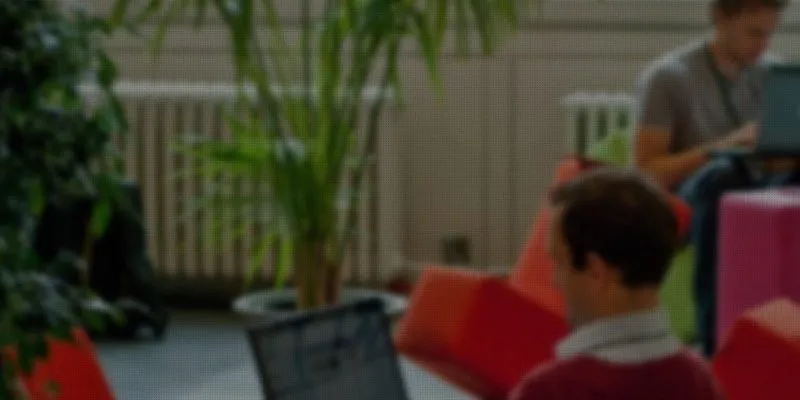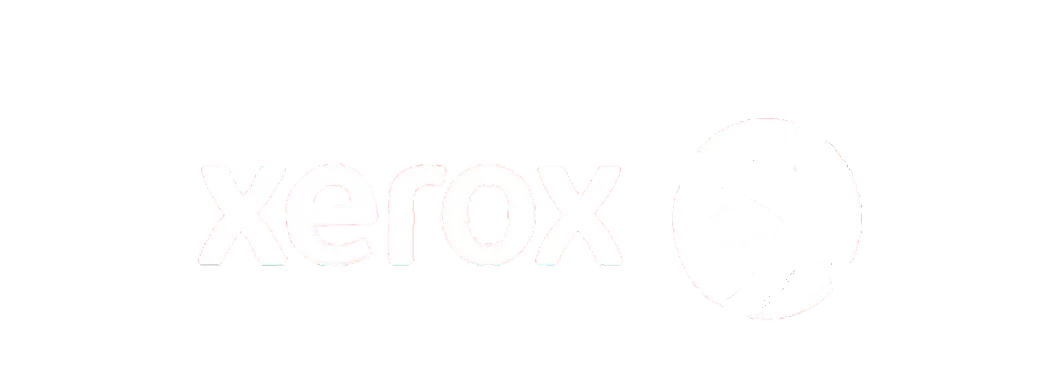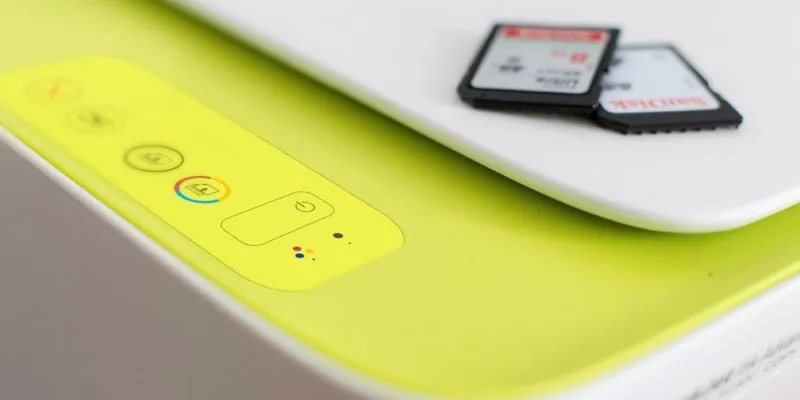Overview
Client: General Electric Healthcare Helsinki
Industry: Healthcare
Services: IT Consultancy, Embedded software, C++
Project description
The platform is an C++ object oriented software for patient monitors, measurement modules and similar products. The same software is used in multiple products to shorten development time of new products by providing solid and well-understood platform for developers.
It was used to launch the following products:
– https://www.gehealthcare.com/en/products/patient-monitoring/patient-monitors/carescape-monitor-b850
– https://www.gehealthcare.com/en/products/patient-monitoring/patient-monitors/carescape-monitor-b650
– https://www.gehealthcare.com/en/products/patient-monitoring/patient-monitors/carescape-monitor-b450
– https://www.gehealthcare.com/en/products/patient-monitoring/patient-monitors/b40-patient-monitor
This makes it faster to add new features and to change existing features.
The project is installed în several hardware configurations. The lowest-end hardware running full MSF is 8Mb of ROM, 32Mb of RAM and 486 100MHz processor.
The project runs în several operating systems: Windows, Linux.
The architecture follows a variant of Model – View – Control architectural pattern where View and Control classes are combined in many cases. However the Control is separate class in some cases but the View creates the Control class in these cases usually. The UI layer and some parts of the configuration are View parts. All other parts are Model (or Document) parts.
Also the layered architectural pattern is followed in many places. It means that the architecture is divided to layers where each layer performs only a part of the whole task. Layers can use services of layers below but not above. This makes it easy to change one layer without having to change everything. Such a layer could implement for example a communication protocol.
Our contribution
The development team consisted of 100 developers spread across 3 development sites. We provided for 4 years 2 highly skilled consultants.
One of them worked initially into the design refactoring team. The team was responsible for providing an expandable, understandable and reliable platform for the other teams. We redesigned the temperature subsystem.
We helped the team to release the first product based on this generic medical platform.
Oftentimes we ran into very difficult technical challenges and we solved these problems in an efficient and high quality manner. The problems that we had to solve include: real time device communication, UI, printing.
After the first product was released and the platform was proved, we took over the EKG subsystem, redesigned it and implemented new features in it.
Later on we touched the CO and SPO2 subsystems.






